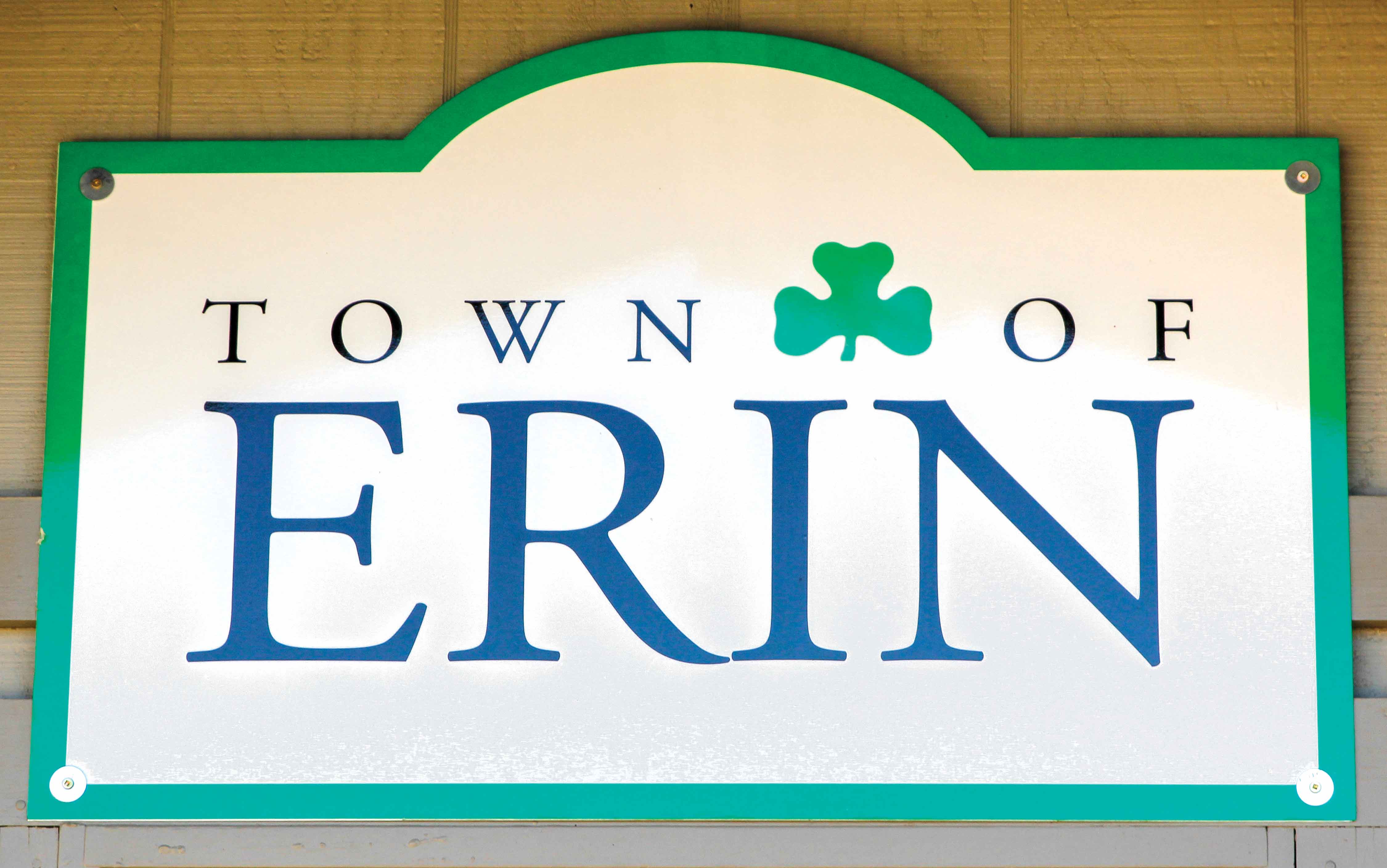ERIN – Collaboration among sectors of the Erin business community will be needed to reach the goals set out in the town’s economic development plan, according to a consultant who made a presentation to council.
Bill Elliot of Global Investment Attraction Group delivered a draft of the plan, which envisions a new era of managed growth enabled by the installation of a wastewater system.
The draft is posted online at erin.ca in the agenda of the July 22 meeting, and public comments are invited until Aug. 13.
Elliot said the Business Improvement Area (BIA) of downtown Erin has too small a membership (about 40 businesses) and too small a budget ($48,000 in 2018) to meet its goals of physical improvement and economic promotion.
“Expansion of the area covered by the BIA is required as a basis for strengthening and re-energizing the organization,” the draft plan states.
Councillors noted a previous attempt to expand the BIA was met with strong resistance.
“Businesses only participate when they see a net benefit to themselves,” said Elliot. “A rising tide lifts all boats – other businesses will benefit.”
Councillor John Brennan said the BIA needs to “do a better job of selling those benefits.”
Mayor Allan Alls said, “Perhaps it’s time for another run at it.”
In the short term, the town should be supporting existing firms and entrepreneurs, strengthening clusters of related businesses and promoting collaboration, said Elliot.
“Put your money and efforts into building cooperation; that’s where your dollar is best spent,” he said. “You have to market internally first.”
He noted clusters such as equine, tourism and agri-food, for example, tend to focus on their own businesses.
“There are tons of things here, but no collaboration,” said Elliot. “You need to cross boundaries.”
Alls agreed, saying that without collaboration, businesses “stay stuck on their railroad track.”
Councillor Jamie Cheyne noted the East Wellington Chamber of Commerce is no longer active.
Intensive, proactive marketing of Erin to outside investors should wait until the town has more to sell, as part of a medium- to long-term strategy, said Elliot.
For the main urban areas, that means serviced land (with wastewater) and in rural areas it requires reliable high-speed internet service.
“You are not investment-ready,” said Elliot.
Brennan added low-cost housing to the short list of necessities.
“Until then we are really treading water,” he said.
Councillor Rob Smith said with so many established residents locked into a commuting lifestyle, local businesses must compete for employees in a very small pool of available labour.
He said the problem is related to the low supply of affordable housing and the lack of GO bus service.
The economic development plan covers other factors, both existing and planned, that contribute to the town’s prosperity. The first is environmental sustainability and the town’s “enviable natural setting”.
“As an environmentally attuned community, a reputation for sustainability is likely to be among the more significant reasons that many people choose the town as a place to visit, live or pursue agricultural, agriculturally-oriented or ‘green’ and tourism-related ventures and businesses,” the draft plan states.
It also notes the town’s interests would be served by an extension of Highway 410, development of the GTA West Highway Corridor (north Brampton to Georgetown) and possible public transportation to the future Toronto Pearson Transit Hub.
The report also mentions the Community Improvement Plan, which is investing public funds to help local businesses make improvements.
The economic development plan includes extensive statistical background on Erin’s population and economy, compared to other municipalities in the county and nearby regions.
It analyses factors that affect economic development, lists goals and objectives, and sets out a range of actions the Town of Erin could take to advance the process.




